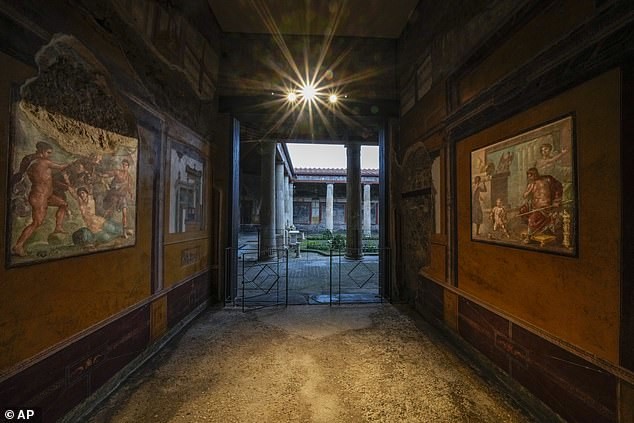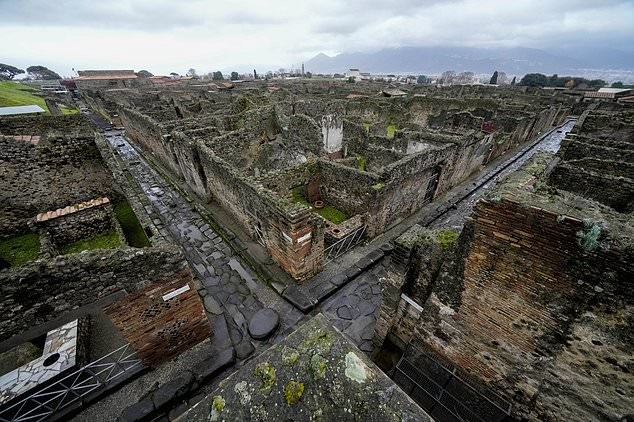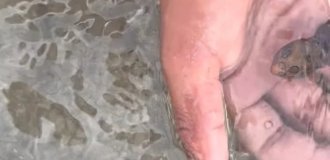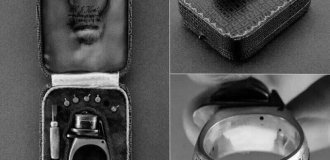House in Pompeii, owned by two former slaves more than 1900 years ago, restored to all its former glory (13 photos)
Restorers have completed the restoration of a luxurious house in Pompeii, owned by former slaves. Before the house was buried under volcanic ash on Mount Vesuvius in 79 AD, the so-called "Vetty's House" also served as a brothel. 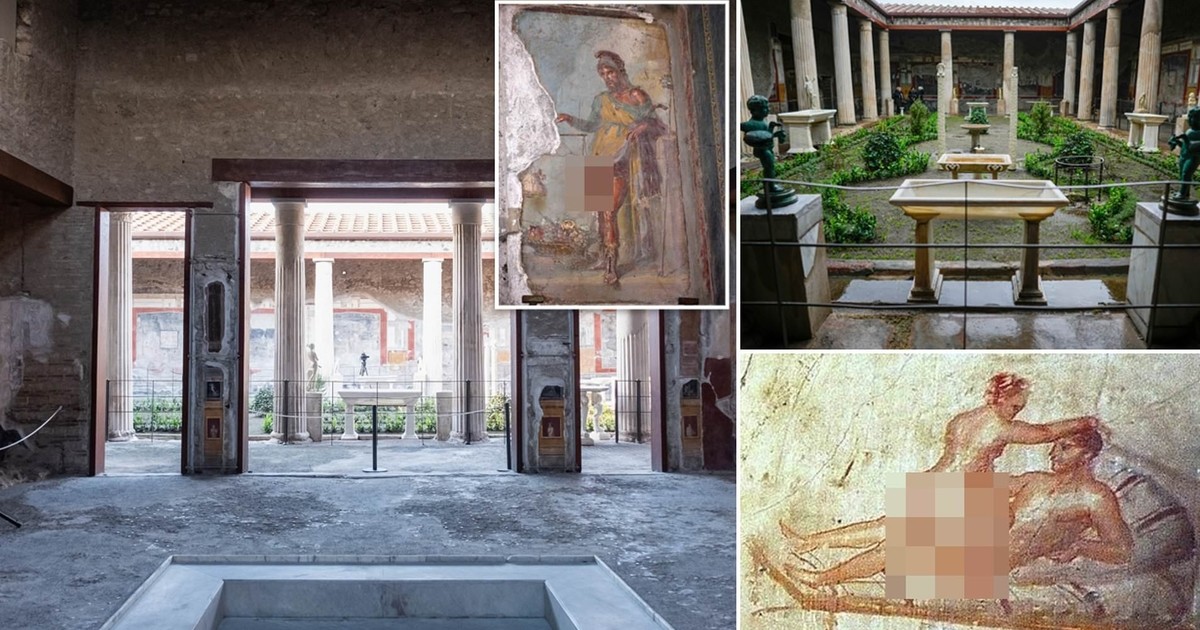
During the 20-year restoration, stone columns, a fountain and several erotic frescoes, one of which depicted the god Priapus with a large penis. Priapus is the god of fertility and abundance, and it is believed that the frescoes hanging at the entrance symbolize wealth accumulated by men. 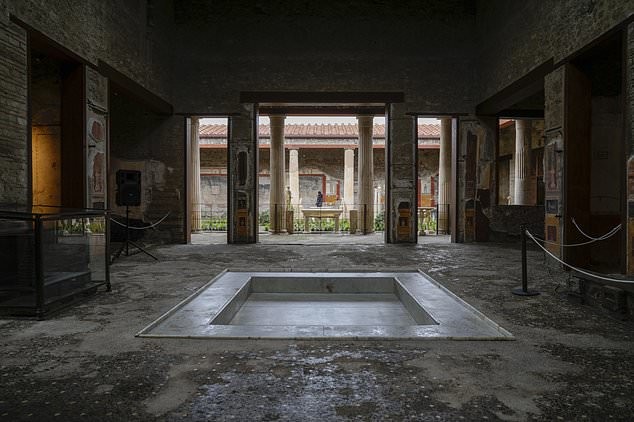
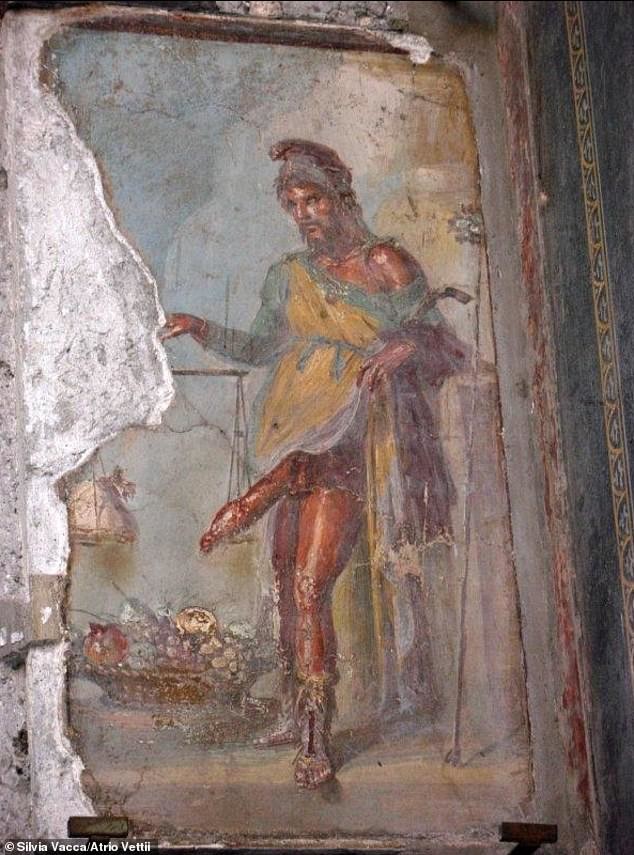
The owners of the house, Aulus Vettius Restitutus and Aulus Vettius Conviva, earned their wealth from the wine trade after they were freed from slavery, and spent it on a richly decorated house, which used as a brothel at the same time.
Tourists can now take a tour of the house to to see firsthand what life was like for the elite in a Roman city with a tragic fate. 

Director of the Pompeii Archaeological Park Gabriel Zuchtrigel declared: “The House of the Vetti is the history of Pompeii and, in fact, Roman society in one house. We observe here the last phase of the Pompeian wall murals with incredible details, so that in front of these images you can stand for hours and still continue to notice new details.
The house was discovered between the end of 1894 and the beginning of 1896. and covers an area of more than 1,000 square meters in the northwest parts of Pompeii.
The fresco in the living room, nicknamed "The Hall of Pentheus", depicts little Hercules strangling two snakes. According to the myth, the goddess Hera, wife of Zeus, sent snakes to kill Hercules because she was furious due to the fact that he was born from the union of Zeus with a mortal woman Alcmene.
Archaeologists suggest that the owners of the house chose this image, because they considered the history of their life similar to the history Hercules, who overcame challenge after challenge throughout his life. 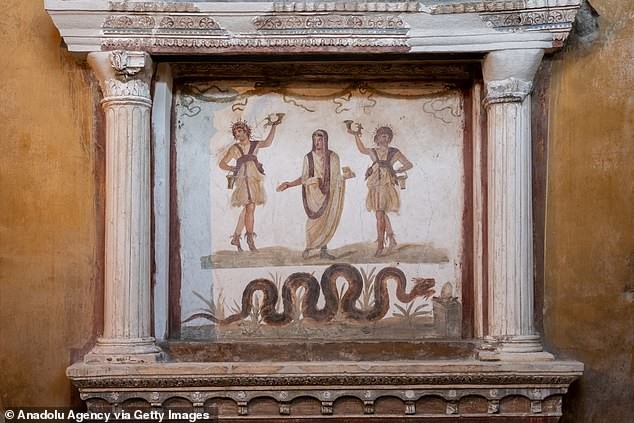

The garden of Vetti's House is surrounded by decorative marble baths and tables, and there is a fountain in the yard. There is a room next to the kitchen decorated with erotic frescoes and consisting of small bedrooms for provision of sexual services. Archaeologists have also discovered an inscription in Latin next to the image of Priapus, which includes a Greek name for women, who are described as having "good manners".
The house was also a place of worship, as shown by images of copulating couples and deities associated with fertility. 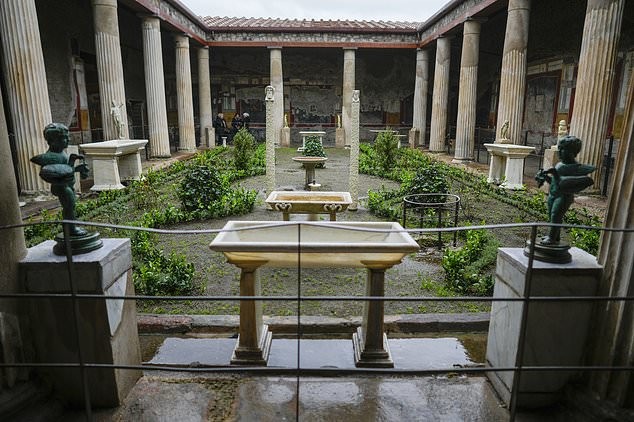

Pompeii Archaeological Park architect and leader restoration work Arianna Spinoza called the restored house "one of the cult houses of Pompeii". "The residence is Pompeian house par excellence not only because of the exceptional frescoes importance, but also because of its layout and architecture,” Spinoza said. 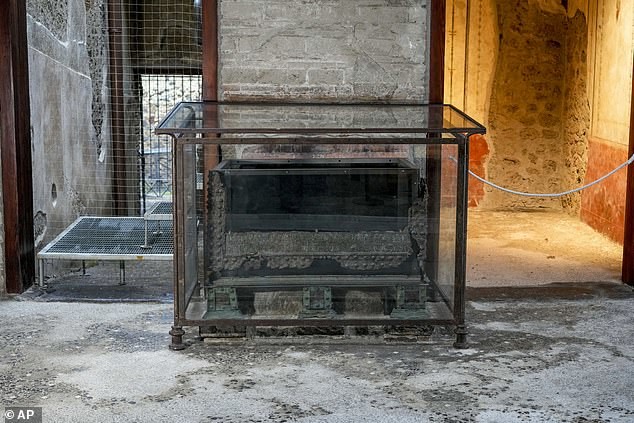

Two thousand years ago, Pompeii was a flourishing city with population of about 15,000 until the eruption of Vesuvius destroyed him in 79 AD. It is believed that the eruption killed 16,000 people in Pompeii and nearby cities, making it one of the the most destructive volcanic eruptions in history. This event put the end of the life of cities, but at the same time preserved them until the re- discoveries by archaeologists almost 1700 years later. Archaeologists are still regularly find something new in the ash-covered city. 